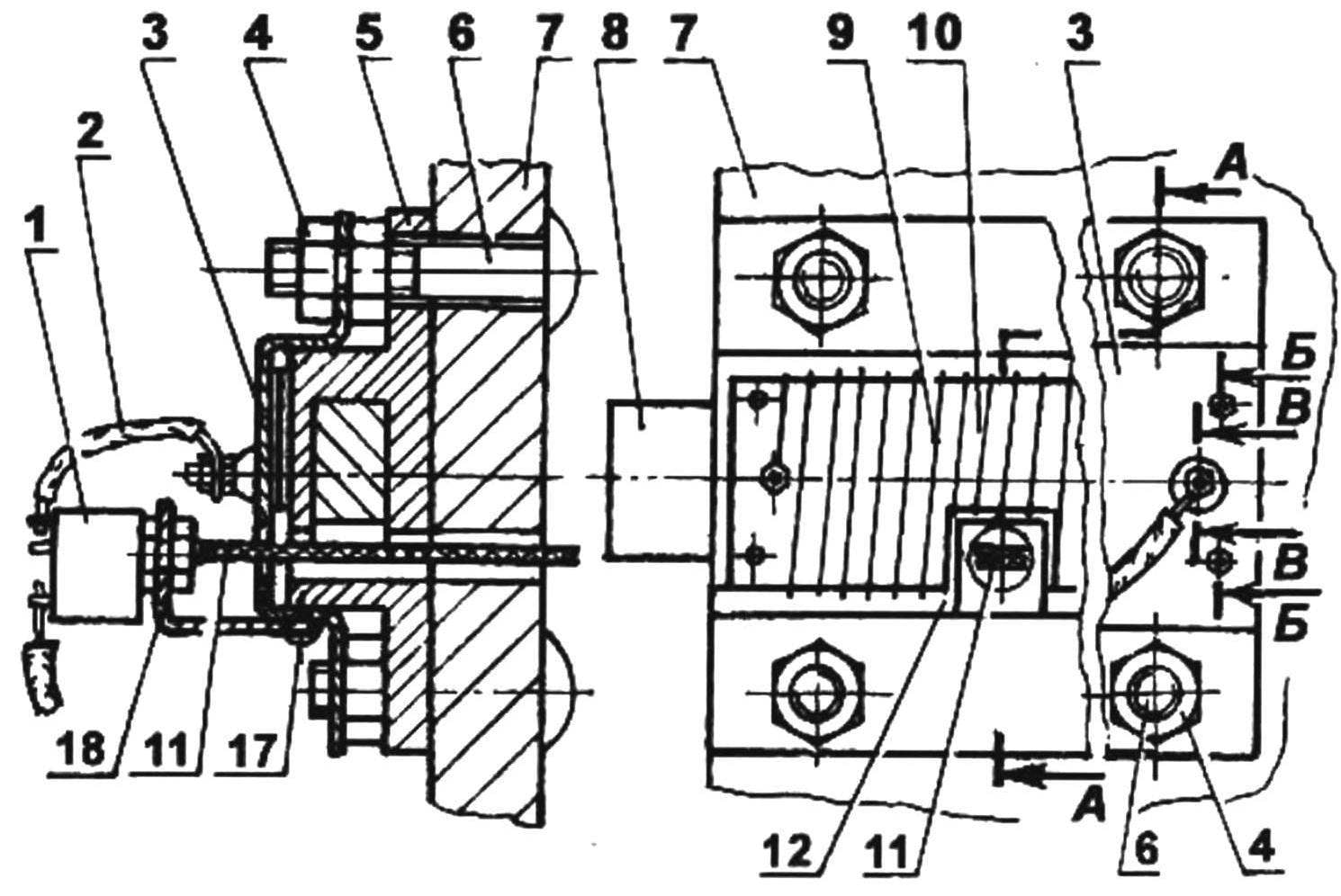 Every year with the onset of winter weather, many owners of private garages, sheds and other outbuildings are truly faced with a “tragedy” — the freezing of the overhead of locks on gates and doors. Very often this phenomenon occurs with the widespread locks rack type, and then you can see how unhappy the owner is trying to hammer the key into the hole tucked under the arm or warmed stone of the castle, pouring in hot water, and sometimes uses a blowtorch.
Every year with the onset of winter weather, many owners of private garages, sheds and other outbuildings are truly faced with a “tragedy” — the freezing of the overhead of locks on gates and doors. Very often this phenomenon occurs with the widespread locks rack type, and then you can see how unhappy the owner is trying to hammer the key into the hole tucked under the arm or warmed stone of the castle, pouring in hot water, and sometimes uses a blowtorch.
My long experience of this problem showed that it does not help any insulation lock special boxes or sizing of cracks in seals, or lubricant (I tried up to a dozen types, including oil, freon from refrigeration, and brake fluid). Obviously, it’s all in the condensation on the metal parts of the lock and the door due to the difference of temperature inside and outside, as well as its daily fluctuations and, as a consequence, the freezing of this condensation. And to fight with him, as is known, possible only with the help and silica gels and thorough sealing of the whole structure, as in optical instruments, which, of course, for the castle is unacceptable.
Therefore I propose another solution, which is successfully used for more than ten years, and recommend it to all motorists, owners of garages: equip locks with electric heating (unless, of course, to the building electricity).
The heater consists of a housing, outer and inner insulating strips between which there is a flat insulating frame with evenly wound on it a wire with high resistance. The ends of the winding are displayed on the two terminals. All the details of the heater are fastened together at the corners and are drawn with four bolts to the castle.
Specific values of the dimensions of the heater elements in the figures are not provided since they are determined in each case by the dimensions and shape of the used lock. But in their selection should be guided by several design features. First, the height of the bracket on which is mounted a push-button switch must be such that the recessed key is not touched the button. Also advantageously the width of the outer and inner strips to make equal the width of the lock casing and the width of the frame to select approximately 10 mm smaller than the width of the strips. The dimensions of the rectangular cutout in the gasket and the frame in front of the keyhole must be greater than its size — about 10mm on each side.

Patch lock with heater:
1 — switch; 2 — wire connection; 3 — heater; 4 — lock nut; 5 — the lock body; 6 — a lock bolt; 7 — the door (gate); 8 — latch; 9 — winding heater; 10 — frame heater; 11 — key-a pusher; 12 — the internal seal; 13 — outer seal; 14 insulator, terminal (2); 15 — terminal bolt (2 PCs); 16 — M3 nut; 17 — rivet Ø3 (2 PCs.); 18 — bracket-breaker; 19 — M3 nut; 20 — a bolt М3х10 (4 PCs)
The design of the heater used the most common materials. Housing and bracket of the switch are bent from steel or aluminum sheet with a thickness of 2-3 mm. For strips and coil form used molded mica or other insulating material having heat resistant properties such as asbestos, PCB, etc.
For winding the heater I used nichrome wire with a diameter of 0.3 mm from store-bought heating element for electric power of 300 W (in principle, you can use the wire from any other heater with the capacity from 100 to 500 watts). Ceramic insulators taken from that same spiral. The role the switch plays a small button type KM2-1 (if necessary it can be replaced with another type, designed for a voltage of 250V and switching current up to 3 A).
As experience has shown, to exclude the possibility of corrosion of current-carrying bolts and nuts shall be made of non-ferrous metal (copper or brass).
The heater operation is very simple. If the bolt was frozen to the lock body or the other half of the door and the key is not in the well (or is not rotated in the lock), then simply insert into the bore of the key-follower (plastic rod) and they click the switch button. 30…60 seconds, regardless of the ambient temperature, the lock will warm up and open.
For additional privacy keyhole closes the outside damper can be locked with a hanging “barn” castle that never freezes.
And the last one. More “savvy” than I am in electrical engineering, obviously, will be able to calculate and produce a winding of heater that runs on low voltage, for example, from 36 In using a transformer. The switch should be included in the primary (network) winding of the transformer. Such improvements will reduce the requirements for the insulation of the live parts of the heater and increase the safety of the structure.
E. SHENDEROVICH, Klimovsk, Moscow region.



